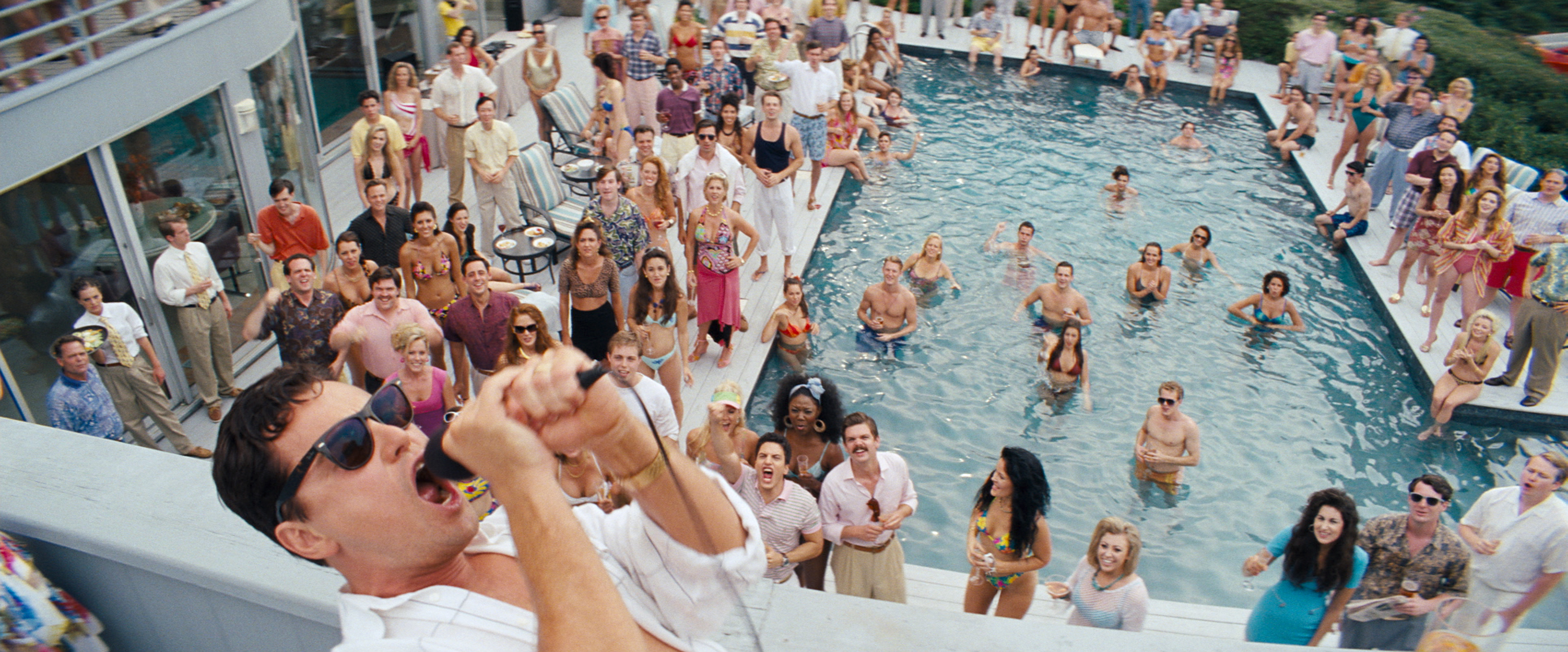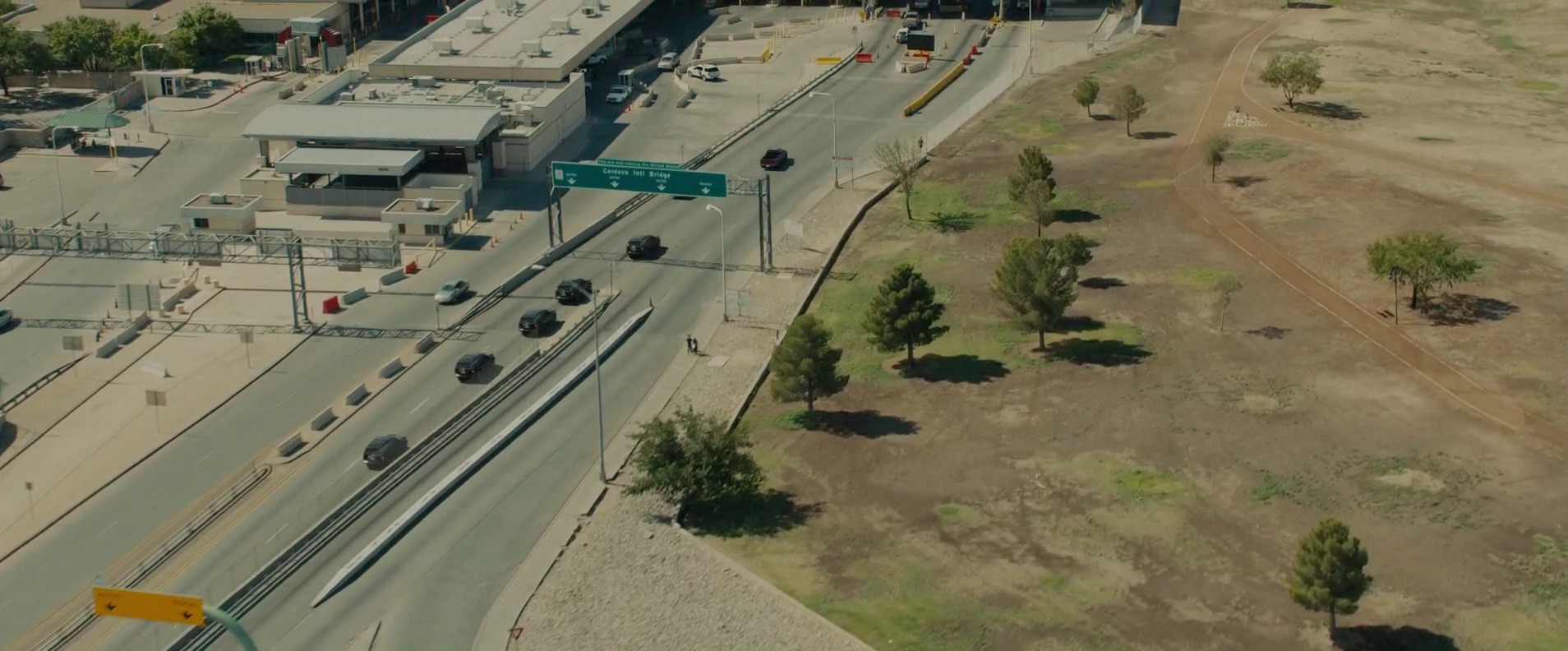New Year, Same Great Films
4 January 2018
New Releases A Happy New Year from everyone at Filmhouse! We're looking forward to...
A key sequence in German-based Chinese artist/activist Ai Weiwei’s globe-trotting refugee documentary Human Flow does something truly fascinating with the drone technology that has infected cinema aesthetics over the last half decade.
It might have gone somewhat under the radar, but drone technology has become an integral part of modern mainstream and arthouse film aesthetics. Whereas pre-drone a film production would have had to choreograph complex helicopter, plane or crane shots to capture an uncanny godlike aerial perspective, drone technology has made such cinematography relatively easy to co-ordinate and much less costly. Back in 2013 Scorsese employed drone cinematography specialists Freefly to capture the sweeping aerial shots of the decadent pool parties at the centre of The Wolf of Wall Street, his tale of the glamourous greed and excess that swirled around New York’s financial district pre-2008. This was simply an upgrade upon the work that the company had already performed countless times before in their adverts for corporate clients such as Honda. The drone, or remote helicopter, was being used purely as a means of capturing wide, scene-setting establishing shots, in a similar fashion to the helicopter shots of old. Yet one thing had changed about these shots in relation to the technology. The smaller size of the drone enabled Freefly to pull in much closer on the crowd than any helicopter shot would have been able to do. It pulled the audience into the pool party. The Wolf of Wall Street (2013)
The Wolf of Wall Street (2013)
This capacity that the drone possessed to move from the wide panorama, to something more intimate or invasive, would later be picked up in Yorgos Lanthimos’ recent The Killing of a Sacred Deer. In that film there are a handful of sequences where the camera shifts from an uncomfortably inhuman camera perspective, slowly stalking the characters, to something even more detached and deific. The relationship here appears to be between human life as insignificant in the longer view, but given much greater importance and immediacy when the camera becomes fascinated with a particular human form. It is a concentrated visual realisation of the tension between the narcissism of the individual and the loss of identity within the collective context.
Lanthimos may well have paid some attention to the way that indie filmmakers Justin Benson and Aaron Moorhead had used drone camerawork to such eerie and unsettling effect in their curious fusion of classical myth and more modern folklore, Spring. In their fascinating monster movie the drone camerawork is mainly utilised for the its potential to create an alien ‘other’ perspective. Using low-cost drones made it possible for Benson and Moorhead to explore the uncanny atmosphere of their Apulia locations in a way that Kubrick could only have dreamed possible when dreaming up his Overlook Hotel horrors in The Shining.
Drone footage also, most obviously, has a military and surveillance association encoded in to it that comes from its widespread deployment by the US government in various regions around the globe, over the last decade. This facet of the technology is covered extensively in Caren Kaplan and Lisa Parks edited volume of critical essays Life in the Age of Drone Warfare. Such associations have also found some expression in the 2015 short film Maelstroms by US multimedia artist Lana Z Caplan, who examines the dehumanising nature of modern imaging technology, such as drone photography, suggesting that this helps align it perfectly with the murkier motives of military organisations. These ideas have even been transported into Hollywood blockbusters through the relentless fascination that Franco-Canadian filmmaker Denis Villeneuve has for drone footage. Think of that disturbingly cross-border night raid at the dark heart of his borderland drugs thriller Sicario. Or the way in which the encroaching paranoia of Jake Gyllenhaal’s muddled predicament in Enemy is visually patterned through the drone as stealth surveillance instrument. Sicario (2015)
Sicario (2015)
One thing that is increasingly apparent from the appearance of drone footage within modern cinema is the manner in which it is being used to visually document cross-border relations, or the divisions among people. This is where Ai Weiwei enters the frame, pulls focus and offers a drone camera to those who are normally the object of the drone camera’s cold, eyeless lens. Somewhere close to the midpoint of Human Flow the director finds himself amidst displaced children in a Middle Eastern internment camp. His visual response to the disenfranchisement and powerlessness of these youngsters - scrutinised, monitored and surveilled, but rarely seen for who they are - is to bring a drone camera down from above, pulling down to earth, down to these children, so that the mass becomes recognisable, familiar, relatable and all too human.
This is just the most important of Weiwei’s drone shots within a documentary that goes through 40 refugee camps in 23 countries trying to comprehend why the world currently has 65 million displaced people moving out beyond and across national borders. What makes Human Flow one of the most important documentaries of the year, however, is Weiwei’s consistent repurposing of drone technology, turning it from something that remotely observes bodies in landscapes, to something that seeks to relate human empathy through the near limitless freedom of motion that the drone camera enjoys. A limitless freedom of motion that ironically finds a strange echo in the forced motions of refugees in flight.
Have a look at what's on to book a screening or event.
Still adding?
If you don’t want to view your Watch list right now, you can access your list anytime from your profile.